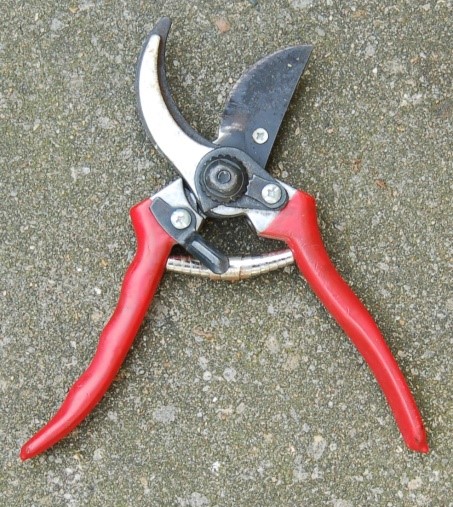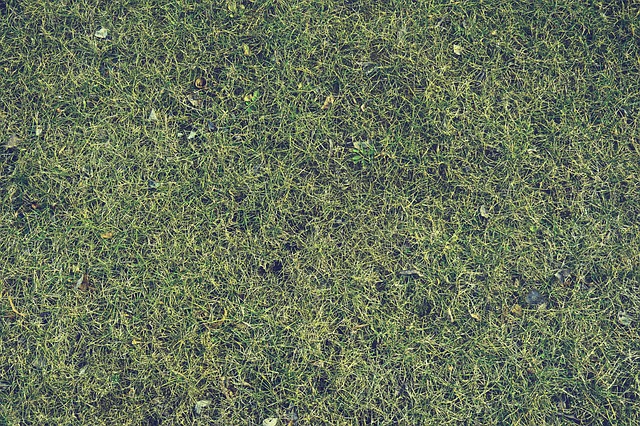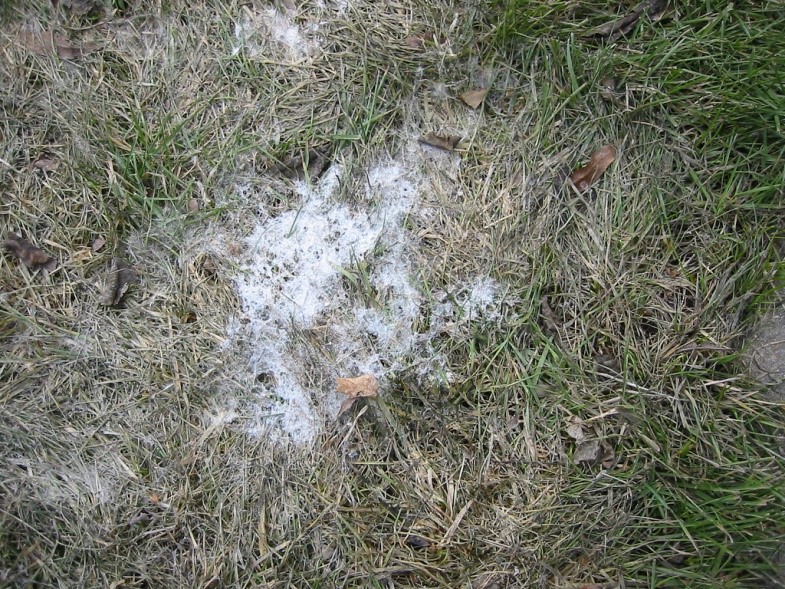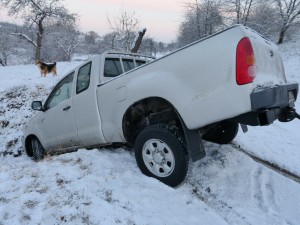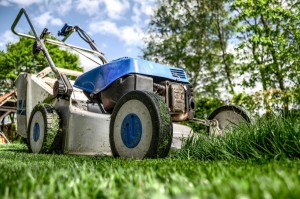Ever wondered why your grass is Green?
Knowing what makes grass appear green can greatly assist in caring for your lawn. Below, we at VIRIDIS Lawn Care, will tell you what makes grass green so you can insure you are meeting the requirements for a beautiful lawn surrounding your home.
It all starts with a big word called chlorophyll. This is what is inside green plants that transforms sunlight into food or energy they can use to grow. But knowing this only helps you provide one needed condition for your grass to green – sunlight, and there isn’t much you can do about that. You can make sure to plant it in less shady areas but you can’t make the clouds go away. So, what other things make for a green lawn that you can control?
Nutrients. Providing the required nutrients can help grass to grow lush and deep green rather than pale, sickly yellow-green. Several of our other posts address fertilizers and how to use them properly. Insuring the lawn has nitrogen, phosphorus, and potassium in the correct amounts will especially help insure it is the greenest it can be.
Water and air circulation is also very important. Through aerating, thatching, and practicing good watering habits, your lawn can get the most from the care you put into it. Mowing is also an important part of this. Make sure you never mow too low or the roots can become dry and damaged, not to mention, you will cut off all of the green tops, adding to a yellowed, unhealthy appearance.
Without each of these things working together, your lawn wouldn’t live up to its greenest potential. Check our other post relating to each topic for more in-depth information. Following these simple guidelines can keep your lawn looking it’s very best.


